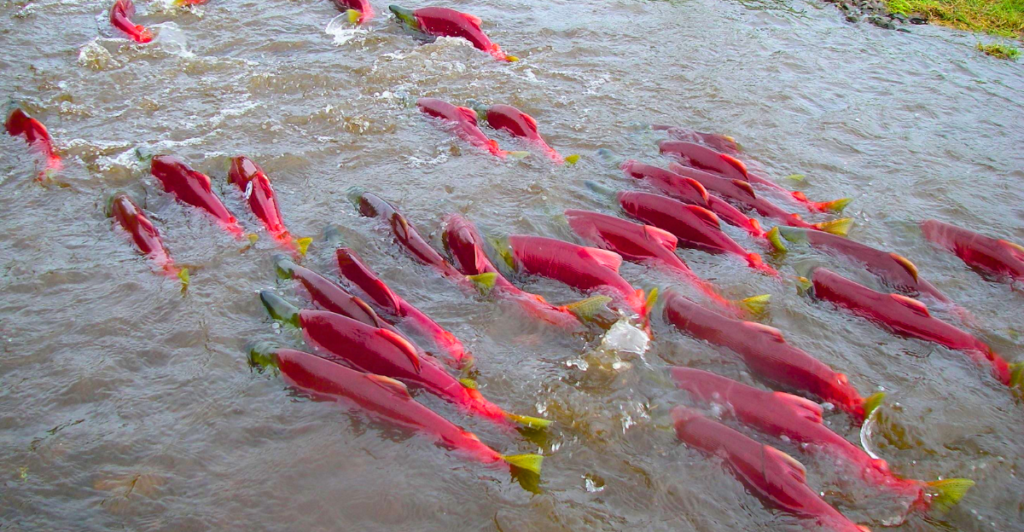
For decades, scientists, fishers, and conservationists have poured time, money, and hope into saving Pacific salmon. Hatcheries, fishing regulations, and habitat restoration were supposed to turn things around. Yet here we are, 40 years later, and salmon numbers are still crashing. So what on earth happened? Let’s break down what went wrong and why it matters.
Climate Change Is Throwing Everything Off
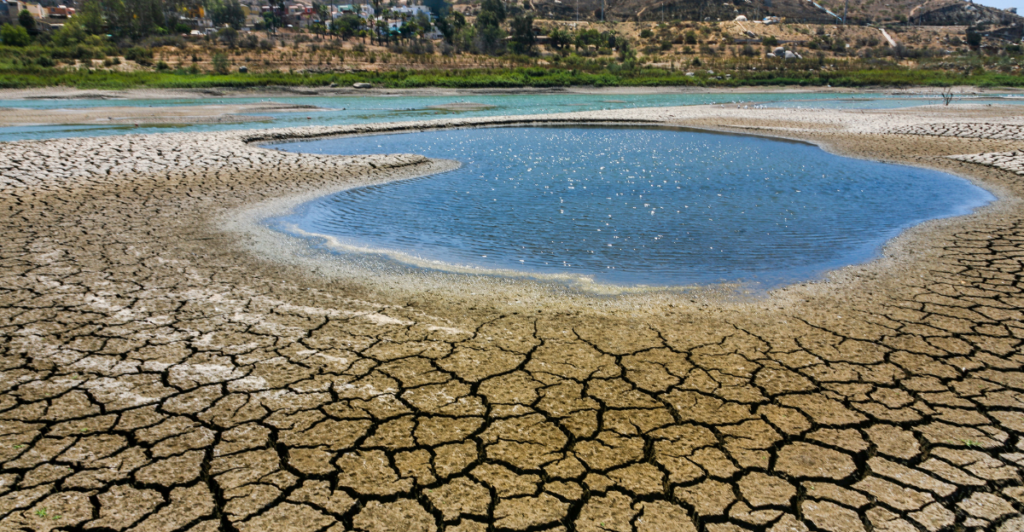
Rivers are getting too warm, and ocean currents are shifting, messing up salmon migration patterns. Warmer water stresses salmon out, weakens their immune systems, and makes them easier targets for predators. Some are even arriving at spawning grounds too early or too late, meaning fewer eggs hatch. The climate wasn’t factored into recovery plans and now, it’s hitting them hard.
Dams Are Still Blocking Their Path
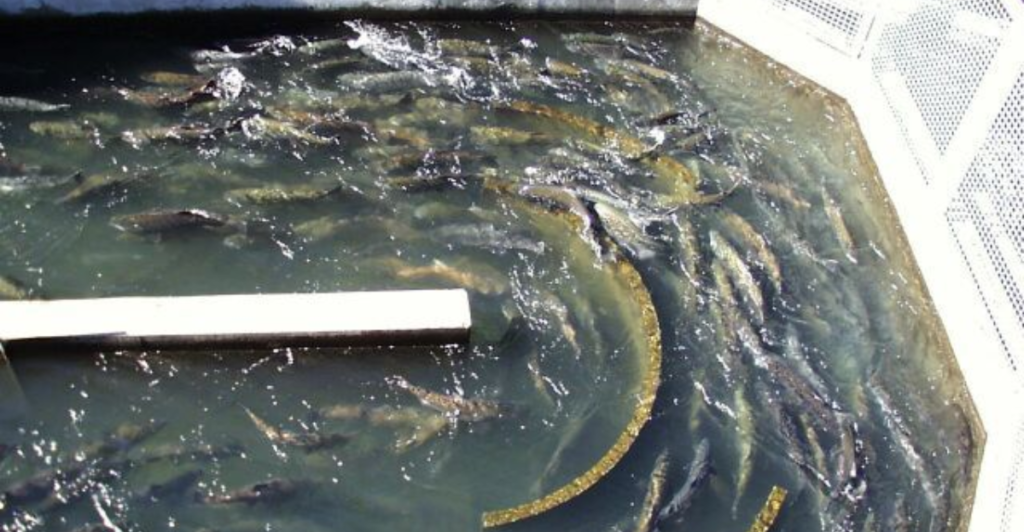
Salmon need to swim upstream to lay eggs. Dams? They turn that into an impossible mission. Some places have fish ladders, but many salmon never make it through. Young salmon heading to the ocean also struggle, dams slow the water flow, making it easier for predators to snatch them up. Fewer salmon survive the journey, meaning fewer return to spawn.
Hatcheries Were Supposed To Help But Backfired
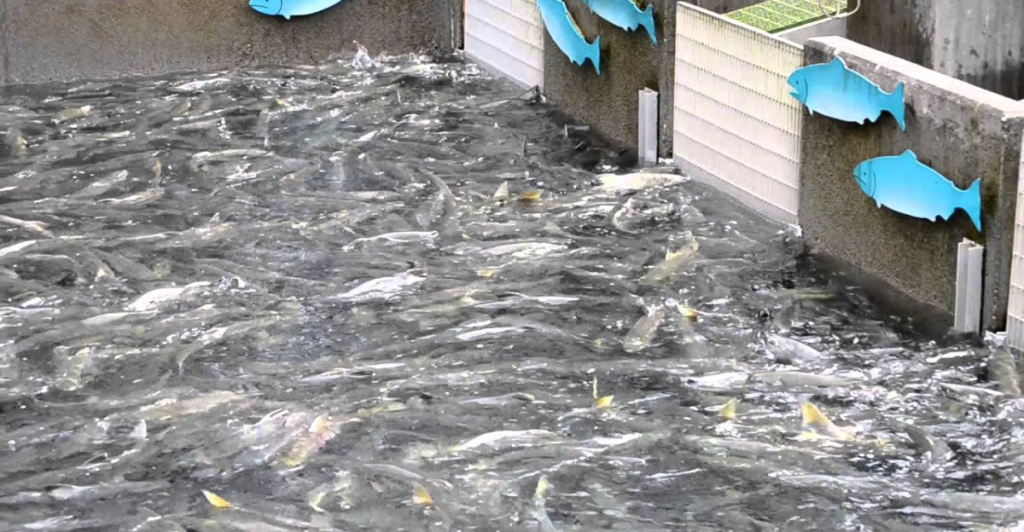
The idea was simple: Raise baby salmon in hatcheries, release them, and boost the population. Instead, it created a new problem. Hatchery salmon compete with wild ones for food and space, and because they aren’t as strong or smart, they often don’t survive long-term. Even worse, when they breed with wild salmon, it weakens the genetic pool, making future generations less resilient.
Overfishing Has Pushed Them To The Edge
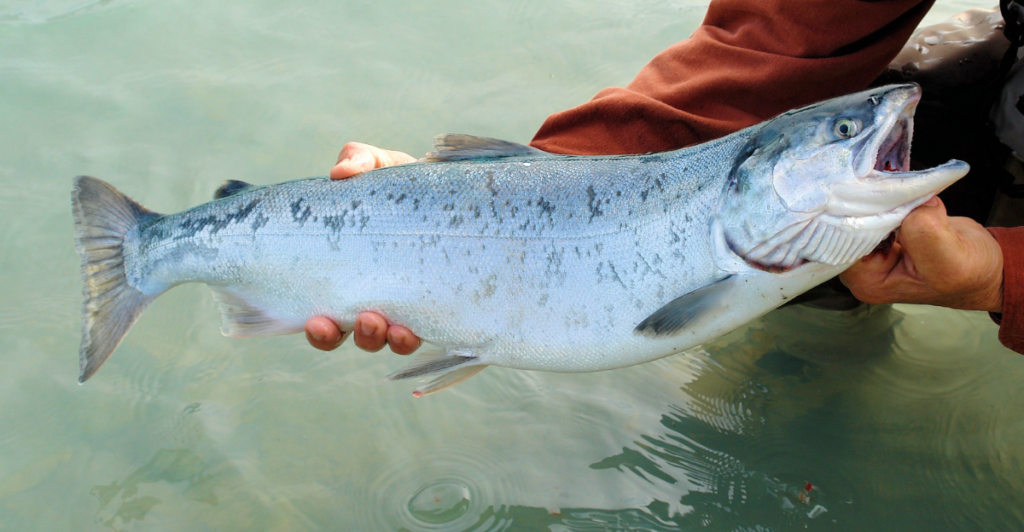
For decades, salmon were fished faster than they could reproduce. Even with catch limits, illegal fishing and bycatch (accidentally catching salmon while targeting other fish) continue to hammer populations. Some salmon runs have seen 90% declines, and even when numbers bounce back for a year or two, overfishing quickly knocks them back down. It’s a never-ending cycle.
Predators Are Thriving (At Salmon’s Expense)
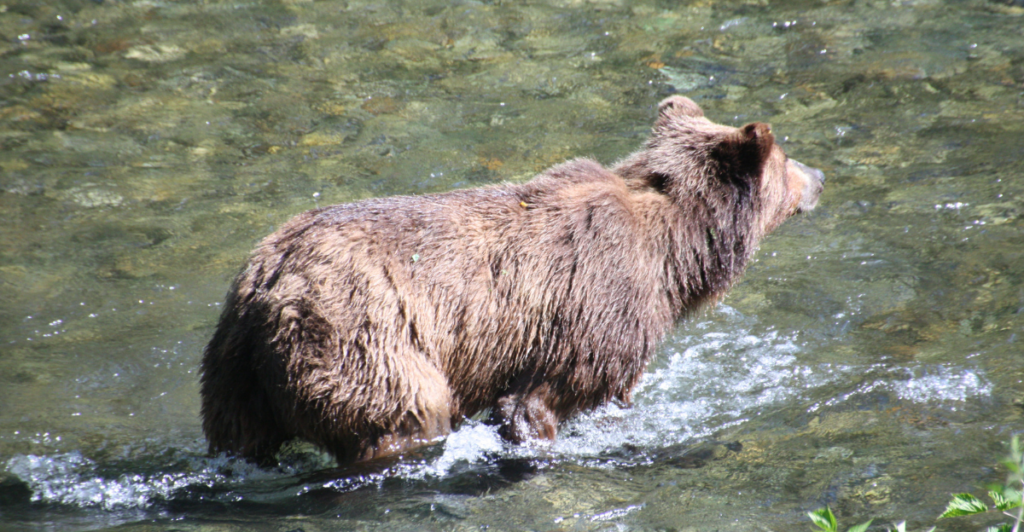
With fewer salmon, predators like sea lions and birds are getting extra aggressive in their hunt for food. Some sea lions have learned to camp out at dam fish ladders, feasting on salmon trying to pass through. Efforts to manage predators are controversial, no one wants to cull them, but without intervention, salmon are easy pickings.
Pollution Is Messing With Their Water
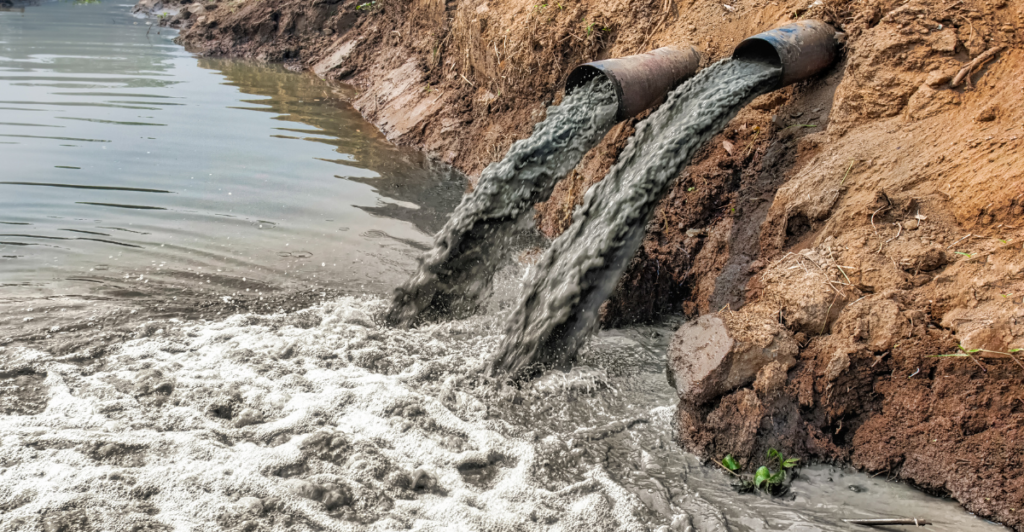
Salmon are extremely sensitive to changes in water quality. Chemicals from farms, factories, and cities wash into rivers, making some streams toxic for salmon eggs and young fish. Microplastics and oil spills weaken their immune systems, making them more likely to die from disease before they can even migrate to the ocean. Clean rivers are critical, but pollution keeps making things worse.
The Food Chain Is Out Of Whack
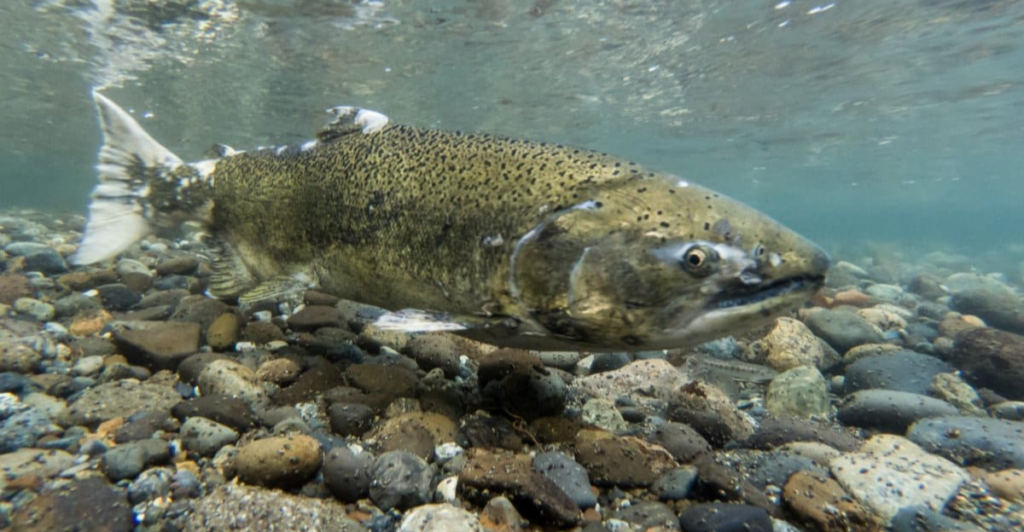
Salmon rely on plankton, small fish, and krill, but climate change and overfishing have disrupted their entire food chain. When food sources crash, salmon either don’t grow big enough to survive the ocean or starve before making it back upstream. It’s a domino effect, when their food disappears, so do they.
Some Runs Have Just… Disappeared
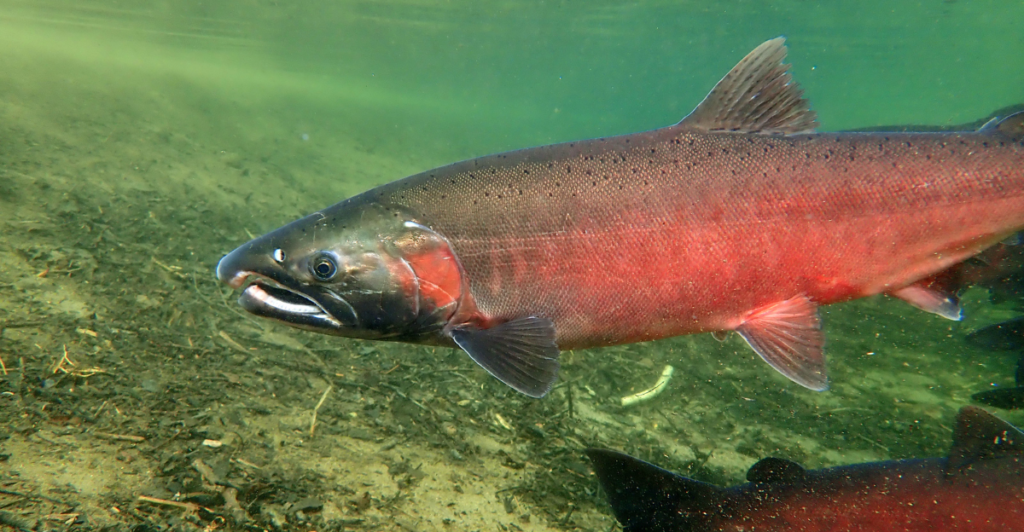
Some salmon populations, known as “runs,” have completely vanished. Rivers that once saw millions of salmon now see only a few hundred, or worse, none at all. With each lost run, we lose genetic diversity, making the remaining salmon populations even more vulnerable. Some experts fear that certain Pacific salmon species won’t recover.
Disease & Parasites Are Spreading
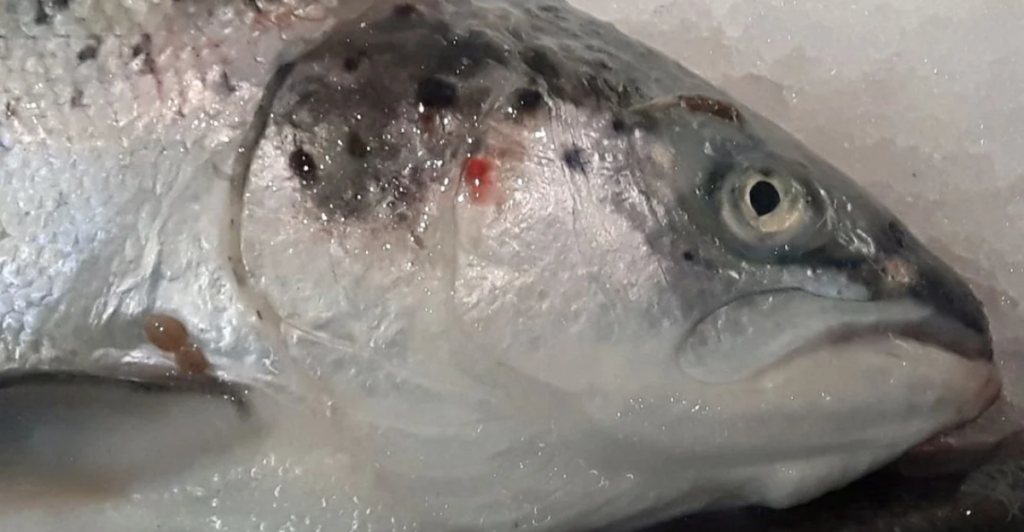
Fish farms have created the perfect breeding ground for parasites like sea lice, which latch onto salmon and weaken or kill them. These diseases are now spreading to wild salmon, making survival even tougher. Imagine running a marathon while covered in tiny, bloodsucking parasites, that’s what infected salmon are dealing with.
Genetic Diversity Is Shrinking

With fewer salmon surviving each year, the genetic pool is getting dangerously small. Less diversity means they can’t adapt to changing conditions, warmer water, new predators, or shifting food sources. The fewer genetic variations in a population, the easier it is for one disaster to wipe them out completely.
Conservation Efforts Keep Falling Short
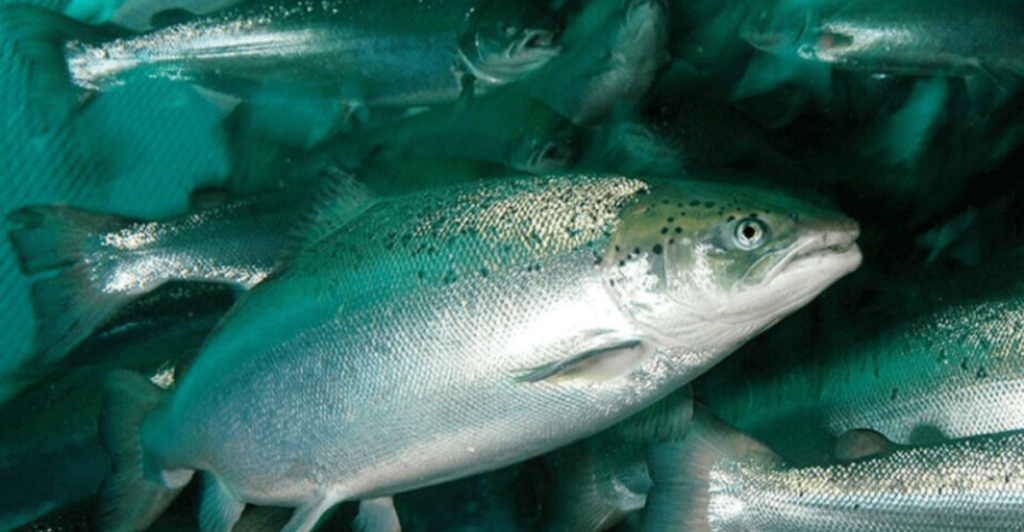
For 40 years, we’ve tried hatcheries, fishing limits, habitat restoration, and more. But these solutions often don’t work together, or aren’t aggressive enough. Governments, scientists, and fisheries are constantly playing catch-up, and by the time one issue is addressed, another crisis pops up. Salmon need a full-scale rescue plan, not just small fixes.
So… Can We Still Save Them?
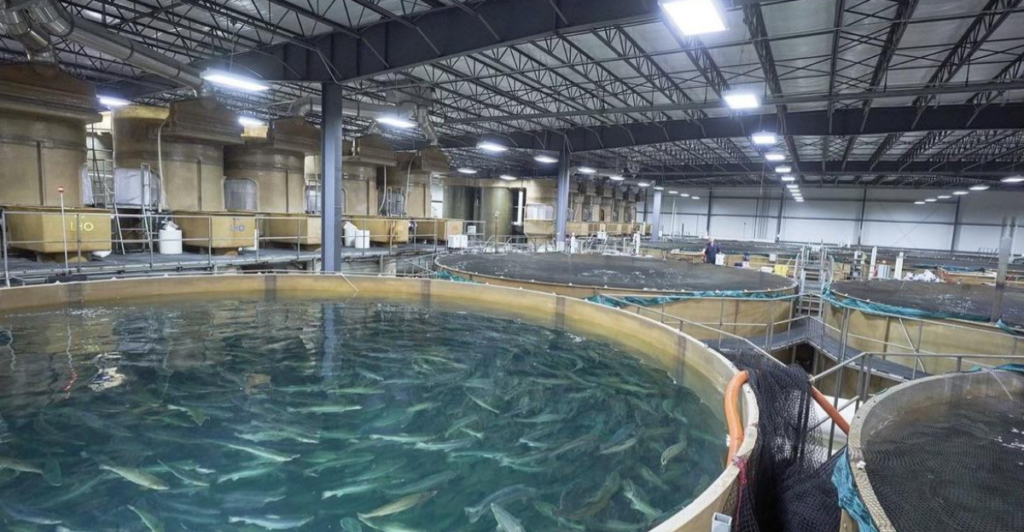
Despite all this, salmon aren’t doomed just yet. Scientists are pushing for stronger conservation policies, better-managed hatcheries, and bigger habitat restoration projects. Some runs are bouncing back, but time is running out. The next few decades will determine whether salmon make a comeback or become just another cautionary tale.
Discover more of our trending stories and follow us to keep them appearing in your feed

Largest U.S. Dam Removal Sparks Giant Salmon Revival
Bison Return Home To Native American Lands After Being Pushed To The Brink Of Extinction
The War on Cows Is Over—And Green Extremists Have Lost
California Is Breaking Apart: A Fault Line Is Forming Faster Than Anyone Predicted
References:
Reference 1
Reference 2
Reference 3
This article first appeared here
Stay connected with us for more stories like this! Follow us to get the latest updates or hit the Follow button at the top of this article, and let us know what you think by leaving your feedback below. We’d love to hear from you!







